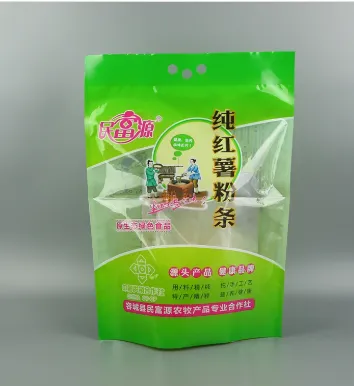As industries increasingly prioritize sustainability, innovation, and performance in packaging, composite packaging is gaining significant attention. This form of packaging combines multiple materials to enhance product protection, improve shelf life, and offer design flexibility. Whether you're exploring composite packaging examples, seeking to understand composite packaging meaning, or looking for the best composite packaging materials, this advertorial will guide you through this popular and evolving trend.

Composite Packaging Meaning: What It Is and Why It Matters
Composite packaging refers to packaging made from two or more different materials that are bonded together to create a stronger, more durable solution. These materials are typically selected for their complementary properties, such as strength, flexibility, and moisture resistance. The purpose of composite packaging is to combine the advantages of various materials, such as paper, plastic, metal, and foil, into one cohesive product. This form of packaging provides enhanced protection for goods, longer shelf life, and the ability to tailor packaging to specific product needs, making it an ideal solution for a wide range of industries.
Composite Packaging Examples: Real-World Applications
The versatility of composite packaging is demonstrated through its many applications across industries. Common composite packaging examples include the familiar tetra packs used for juices and dairy products, which combine paperboard with plastic and aluminum layers. Other composite packaging examples include multi-layered snack bags that combine flexible films for barrier properties, and stand-up pouches that use a combination of materials to maintain product freshness and offer ease of use. In the pharmaceutical industry, composite packaging can be found in blister packs and bottles that use both plastic and aluminum for product integrity and consumer safety. These examples showcase the wide range of possibilities offered by composite packaging to meet different packaging requirements.
Composite Packaging Materials: The Building Blocks
At the core of composite packaging are the composite packaging materials that provide the desired functionality. The most commonly used materials in composite packaging include paper, plastic films, aluminum, and foil. Paper is often used for its strength and printability, making it ideal for outer layers. Composite packaging materials like plastic films and aluminum offer excellent moisture, oxygen, and light barriers, which are crucial for preserving the quality and freshness of food and pharmaceuticals. Other materials, such as biodegradable polymers and eco-friendly coatings, are gaining popularity as sustainability becomes a key consideration in packaging choices. By using a combination of these materials, composite packaging provides a cost-effective solution that does not compromise on performance.
Benefits of Composite Packaging: Durability and Sustainability
One of the main advantages of composite packaging is its ability to provide superior protection while still being lightweight and cost-effective. Composite packaging materials, when combined properly, can create a protective barrier that guards against moisture, UV light, and contaminants, which helps to preserve the product inside for longer periods. Furthermore, many modern composite packaging solutions focus on sustainability, using recyclable materials or reducing the amount of packaging material required. The layered structure of composite packaging also enhances the aesthetics of the product, making it more appealing to consumers. The durability and eco-friendliness of composite packaging make it a popular choice in today's market, especially as businesses seek ways to improve their environmental footprint.
Composite Packaging in the Future: Innovation and Trends
The future of composite packaging looks promising, as innovation continues to drive the development of new materials and technologies. As demand for sustainable packaging grows, the use of recyclable and biodegradable composite packaging materials is expected to increase, along with the use of thinner, more efficient layers that reduce waste and improve functionality. Furthermore, advancements in smart packaging technology could lead to composite packaging that actively monitors and responds to environmental conditions, ensuring optimal product preservation. The continuous evolution of composite packaging will enable businesses to meet consumer demand for high-performance, environmentally friendly packaging solutions.
Composite packaging is rapidly becoming a preferred choice for businesses looking to balance functionality, sustainability, and cost-effectiveness in their packaging strategies. Whether you're looking at composite packaging examples to understand real-world applications, exploring the composite packaging meaning to understand its core benefits, or evaluating the different composite packaging materials, this packaging solution offers a wide range of advantages. As innovation in composite packaging materials and technology continues, businesses will have even more opportunities to provide customers with high-quality products that are securely packaged and sustainably delivered.